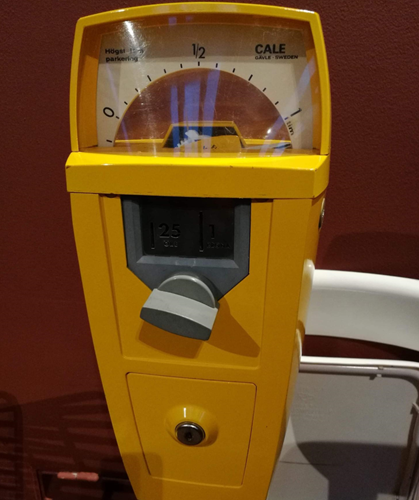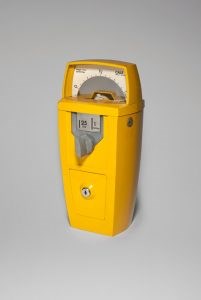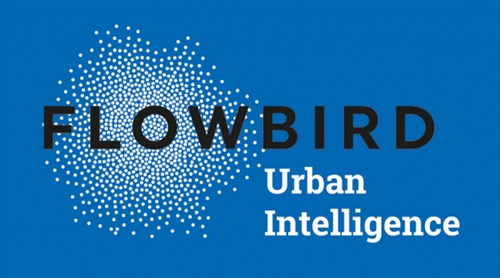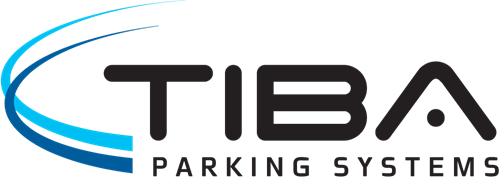The National Museum of Sweden has reopened after a 5 year renovation and with it, a Cale (now Flowbird) single-space parking meter proudly on display.
The lone parking meter (here painted in original Cale yellow) was designed in 1966 by Swedish manufacturer, Per Heribertson, who belonged to the first generation of industrial designers in Sweden. The meter was a well-known item in the urban streets of Sweden for most of the 20th century. His famous design not only gave the user clear guidance on the function of the device, it also brought an industrialized modularity to allow high volume production and simplified maintenance and repairs.


Today, guests who visit the newly reopened National Museum will find the meter artifact along the ‘timeline tour,’ starting at the top floor from the 16th century and working their way down to present day. The meter will be displayed in the 1960’s segment known as the “Wealthy Years,” where Swedes attained a higher living standard and increased their entertainment, travel and leisure time.
“We are very proud of the company’s contributions to the innovative history of Sweden, as well as our legacy of leadership in the global parking technology industry,” said Anton Kaya, Deputy Managing Director BU & CTO for Flowbird.
The Cale single-space meter was gifted to the Swedish National Museum after Heribertson passed away in 2012. The meter is among the oldest in preservation in the world.
About Flowbird
Parkeon and Cale have merged to create Flowbird, the world’s leading parking services, and urban mobility company.
The name Flowbird expresses the innate ability of birds to navigate individually within crowded spaces; mirroring the benefits for people of the intelligent parking and multi-modal systems developed for towns and cities by Parkeon and Cale.
Flowbird’s group resources include 500 R&D engineers working on behalf of customers to push the boundaries of innovation in transportation hardware, software, sensor systems, machine-learning and AI, information security and mobile development.



